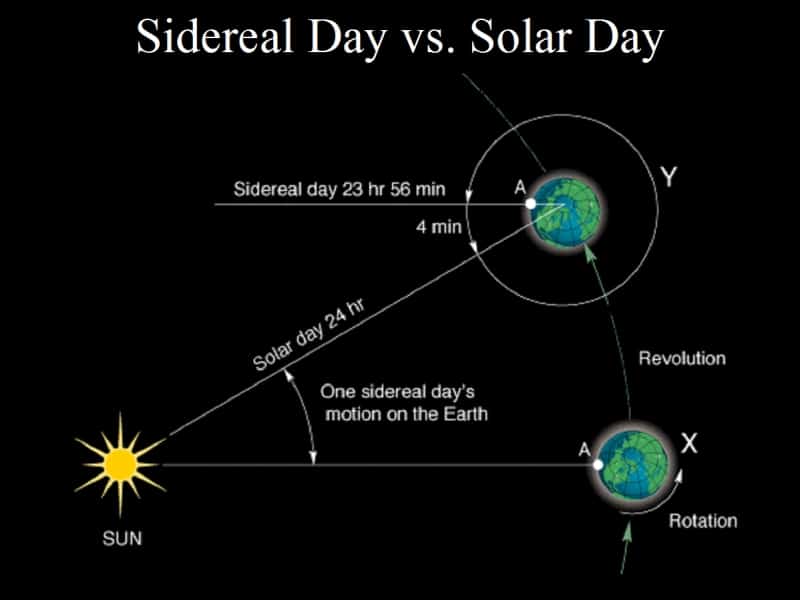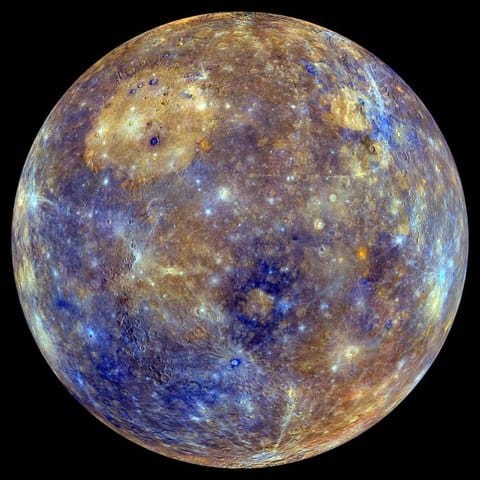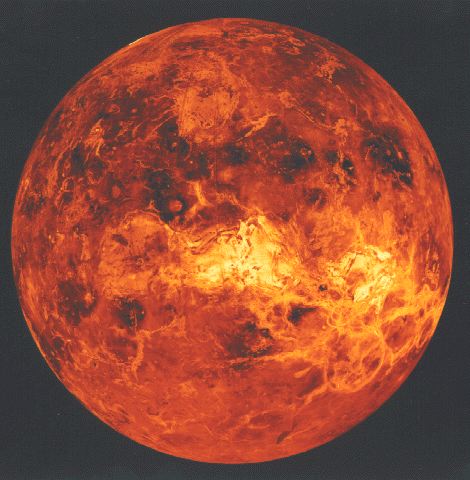Some of our basic understanding of astronomy arguably depends on the visualization of the sun and its position in the sky. Unluckily, some things we actually apprehend are presumably not correct. A major misconception has been the position of the sun. It is said that at noon; the sun is directly overhead. Basically, it doesn’t matter if it is straight overhead or not. What matters is where you are, time of the year, and what you mean by noon.
With that in mind, the sole thing that can be counted on this rhythmic way of life is the fact that; 24 hours make a day. 60 seconds makes 1 minute, and 60 minutes makes 1 hour. Usually, since a day is 24 hours long, we have our calendars tailored to this fact. However, when measuring the rate of rotation of any object, it should be done with regards to the reference point. If we measure the time required for the earth to make a complete rotation, it creates a difference whether we measure the time with regards to the sun or with regards to a distant star.
So what defines a typical solar day? Well, since people use many indicators in the sky as their point of reference, the question of what makes a day becomes confusing at the same time interesting.
Sidereal days vs. solar days

Basically, the consensus that our clocks are tailored on a solar day and that the sun seems to drift eastwards with regards to the stars by approximately 1 degree every day, implies that if you check keenly at the star’s position for many days, you’ll realize that in accordance to your clock, the stars will rise earlier every day by 4 minutes. According to our clock, a day is 24 hours long. Therefore, the stars basically will make a complete rotation in approximately 23 hours and 56 minutes. This is what is regarded as a sidereal day since it is measured with regards to the stars. The sidereal day is the actual earth’s rotation rate and will maintain that no matter the earth’s orbit. Since sidereal day = 23 hours and 56 minutes each day, if you keep the right record, one month later a star will show up 2 hours earlier than it did the last 30 days. To be clear, 4 minutes in 30 days = 120 minutes or 2 hours. If you check one year later, the star will show up exactly the same time as today.
Similarly, you can look at it from a different perspective that the sun makes a complete rotation of 360 degrees in 365.24 days along the ecliptic. This value is approximately 1 degree per day. What follows is that the earth will make approximately 361 degrees turn and not 360 in the 24 hours between the two meridians intersecting the sun. This concept makes solar day length, which tends to be somehow more than the real 23 hours and 56 minutes rotation rate with regards to the stars.
Comparing solar days vs. sidereal days on other planets
All the nine planets except Venus and Uranus utilize prograde rotation. This implies that they basically rotate in the same direction more than one time in a year as they orbit the sun. These two planets, therefore, uses retrograde rotation. Basically, the prograde rotation uses the solar day and sidereal formula as:
Per the orbital period, the sidereal days = 1 + solar days per orbit
Similarly, per orbital period, the retrograde rotation for the sidereal days = -1 + solar days per orbit
Basically, the planets far away from the sun compared to the earth are the same as that of the earth in the sense that they experience several rotations in every revolution around the sun. The only thing that varies is a slight difference in the length of the solar day and sidereal day. Likewise, the planets closer to the sun than the earth are not the same in the sense that they experience a few rotations per revolution.
A Sidereal day vs. A Solar day on Mercury

Mercury is the closest solar planet to the sun. It has a perihelion range of 46,001,200 km – 69,816,900 km at aphelion. It only takes about 58.646 earth days for this planet to make a complete rotation on its axis. This is actually its sidereal rotation time. It implies that Mercury takes over 58 earth days to experience one day.
Notwithstanding, this concept doesn’t mean Mercury has two sunrises in over 58 days. Basically, because of its rapid speed and its proximity, it requires approximately 175.97 earth days for it to experience the sun in the same place. Therefore, while it rotates once every 58 earth days, it requires approximately 176 days for one sunrise to reappear on mercury.
Furthermore, mercury requires about 87.969 earth days to make a complete orbital period. This implies that 88 earth days make a year on Mercury.
A Solar day vs. A Sidereal day on Venus

Venus is the second closest solar planet to the sun. It has a perihelion range of 107,447,000 km – 108,939,000 km at aphelion. Unlikely, it is a slow-moving solar planet as evidenced by checking on its poles. With all other solar planet having flat poles due to the rapid speed of their spin, Venus does not have flat poles. With a velocity of up to 6.5 km/h causes a sidereal rotation of 243.025 days. Since it uses retrograde rotation, it is technically -243.025 days. This implies that it rotates in the opposite direction around the sun.
So if you were technically standing on its northern pole as it rotates, you’d see it moving in the clockwise direction. Nonetheless, it as well implies that Venus requires about 243 earth days to make one complete rotation on its own axis. However, similar to mercury, its slow rotation and speed make a single solar day – the time the sun requires getting to the same position in the sky, which lasts around 117 days.
Therefore, while one Cytherean or Venusian year takes around 224.701 earth days, Venus experiences two or less complete sunrises and sunset in that period.